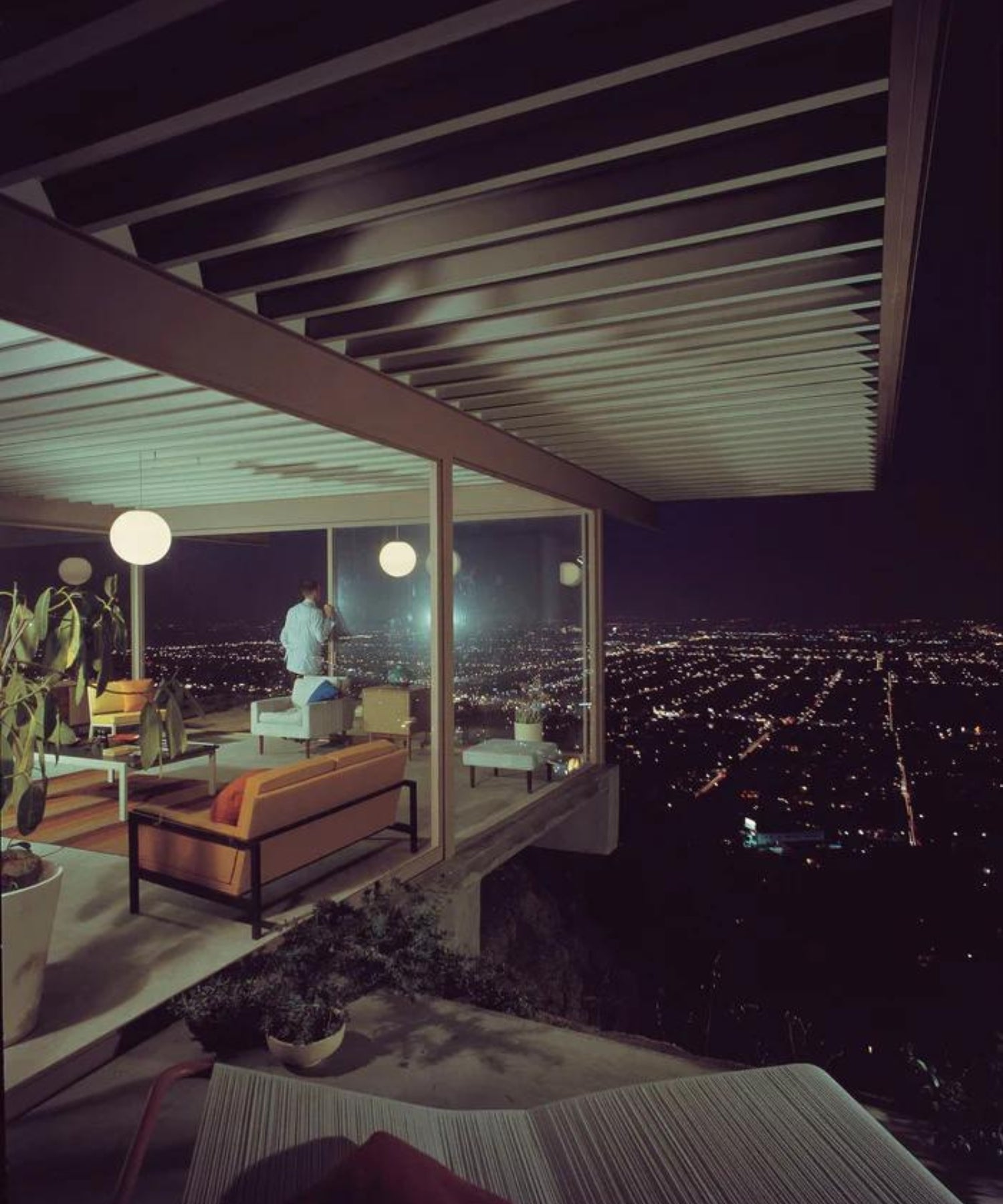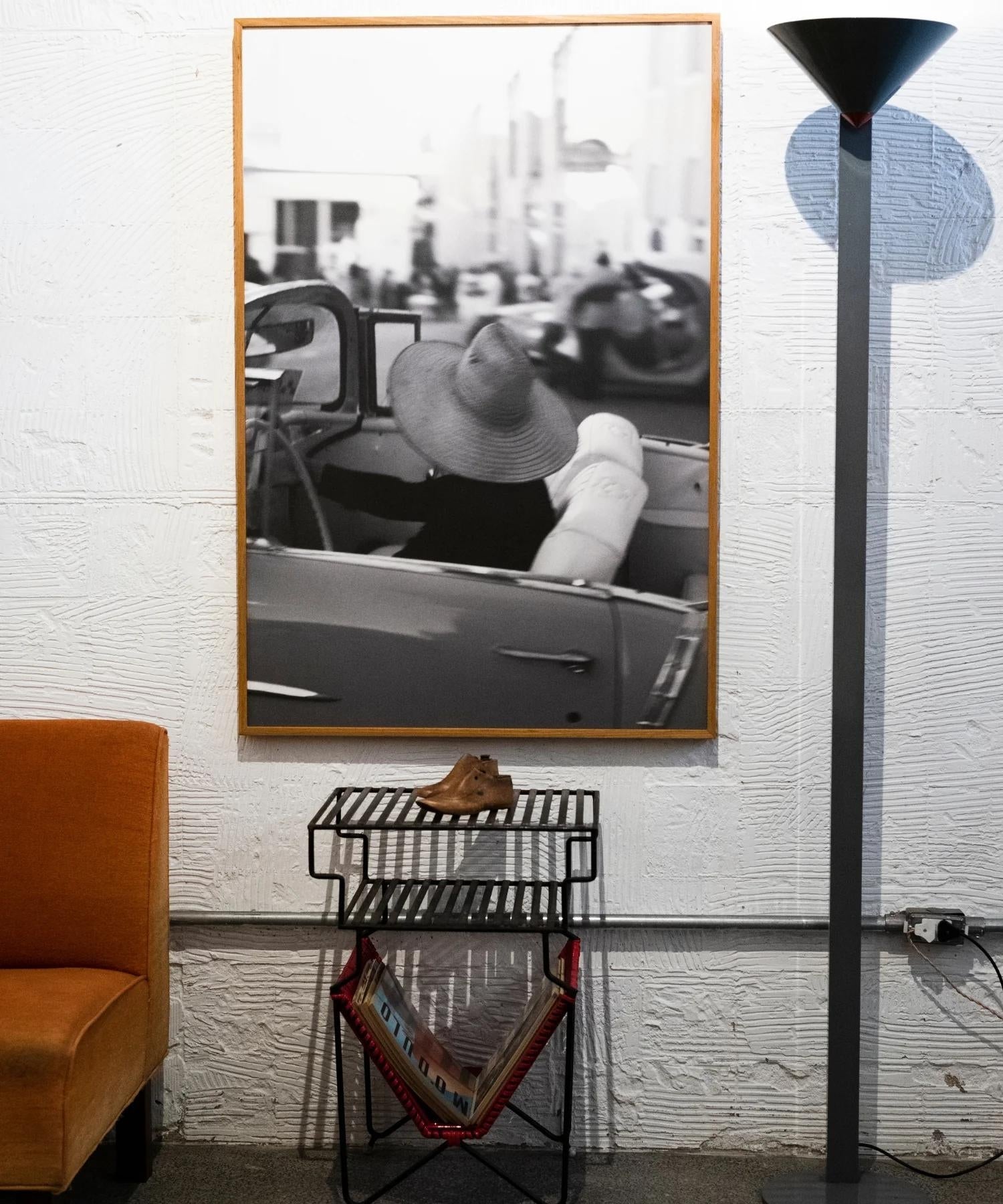Imagine stepping into a time capsule and being transported back to the glamorous 1960s, where elegant design and Hollywood allure reigned supreme. In the heart of Los Angeles, there is a house that perfectly sums up this iconic era: the Stahl House. With its breathtaking views and modernist aesthetic, the Stahl House has become an emblem of California cool. Here, we delve deeper into the Stahl House's unforgettable decor, exploring the elements that make it a memorable house. From the floor-to-ceiling windows that frame the panoramic cityscape to its minimalist yet inviting interior, every detail of this home tells a story of style and sophistication. We'll show you the history of the Stahl House, its famous residents, and the lasting influence it has had on the architectural world.
Introduction
The Stahl House, also known as Case Study House 22, was designed by architect Pierre Koenig and completed in 1959. Its prime location in the Hollywood Hills allows for stunning views of the city of Los Angeles. The home was commissioned by Buck and Carlotta Stahl, a couple looking for a modern and unique home for their family.
Buck Stah acquired the land in 1954 for $13,500 and had the idea for a modernist house, built of glass and steel, that would provide panoramic views of Los Angeles. Initially, Stahl himself began carrying out excavations and playing the roles of architect and contractor; It was not until 1957 that he decided to hire Pierre Koenig to take responsibility for the design of the family residence.
The Stahl House was one of the study houses in the Arts & Architecture Magazine program, which sought to explore new ideas and approaches in residential architecture.

Image of the drawing of the Stahl House plan by Pierre Koenig - Photo: Reproduction/ Pinterest.
The importance of the Stahl House in the 1960s
In the 1960s, the Stahl House became an icon of modern architecture and the California lifestyle. Its location and minimalist, modernist design have attracted the attention of many, including Hollywood celebrities. The house was featured in several film productions and fashion photo shoots, consolidating its reputation as a symbol of glamor and sophistication, which attracted the attention of many celebrities. Additionally, the Stahl House was one of the first homes to embrace the open design concept, with its integrated living room and kitchen creating a fluid and inviting space.

Image of the interior of Stahl House, with an open and fluid design - Photo: Reproduction/ Rost Architects.
Architectural features
One of the most striking features of the Stahl House is its steel and glass structure, which allows the entire exterior wall to be made up of floor-to-ceiling windows. These windows offer a stunning panoramic view of the city of Los Angeles, becoming the focal point of the home. Furthermore, the house is organized in an L-shaped plan, with an open and flexible floor plan that adapts to the needs of the residents. The Stahl House also pioneered the use of industrial materials such as steel and concrete, which became key elements of mid-century modern style.

Photo of the panoramic view from inside the Stahl House - Photo: Reproduction/ Rost Architects.
The interior decoration
Stahl House's interior follows the same minimalist, mid-century modern aesthetic. The spaces are clean and uncluttered, with little furniture and accessories, allowing the external landscape to be the highlight. The white walls and concrete floors give an air of elegance and simplicity. In addition, the house has a careful selection of works of art and iconic design pieces, which perfectly complement the environment. The goal was to create a space that was timeless and allowed the architecture to shine.

Image of the Stahl House kitchen - Photo: Julius Shulman.
Stahl House Iconic Furniture Pieces
The Stahl House is also known for its iconic furniture pieces, which have become symbols of mid-century modern design. One such piece is the Eames Lounge Chair, designed by Charles and Ray Eames. With its elegant design and exceptional comfort, this chair has become a constant presence in the home. Another iconic piece is the Tulipa table by Eero Saarinen, known for its round top and tulip-shaped base. These pieces of furniture not only stand out for their innovative character, but also for their functionality and comfort.

Image of the Eames Lounge Chair inside Stahl House - Photo: Reproduction/ Instagram.
The role of color in home decor
Although Stahl House is known for its minimalist aesthetic and predominance of white, color plays an important role in the decor. Subtle touches of color are added through artwork, rugs and accessories, bringing life and personality to spaces. Furthermore, the natural light that enters through the windows creates a dynamic and constantly changing atmosphere, highlighting different tones and nuances throughout the day. The combination of white with touches of color creates a perfect balance between simplicity and vivacity.
The influence on modern interior design
The Stahl House has had a significant impact on modern interior design, especially residential architecture. Its minimalist approach, use of industrial materials and integration with the surrounding landscape have influenced many architects and designers. Open concept design has also become a popular trend, with many homes adopting this approach to create fluid, inviting spaces. Furthermore, Stahl House's iconic furniture pieces have become design classics and are widely used in modern projects.
Preservation and restoration
Preservation of the Stahl House is a priority to ensure its beauty and historic importance are maintained. The house was added to the National Register of Historic Places in 2013, recognizing its architectural significance. Additionally, ongoing restoration efforts are undertaken to maintain the home's integrity and ensure it remains in pristine condition. The building is an example of how modern architecture can be preserved and valued over time.
Visiting the Stahl House: tours and experiences
For those who want to experience the magic of Stahl House firsthand, guided tours and experiences are available. These tours offer the opportunity to explore the spaces and learn more about the home's history and design. Visitors have the chance to admire the stunning views, feel the unique energy of the place and understand the importance of the Stahl House in the context of modern architecture. It is a truly memorable experience for design and architecture enthusiasts.
The lasting legacy
The Stahl House remains an icon of mid-20th century design and a symbol of the glamorous 1960s. Its aesthetic makes it an architectural masterpiece that transcends time. The house has inspired and continues to inspire architects, designers and architecture lovers around the world. It is a reminder of how timeless design can be and how architecture can shape our environment and influence our lifestyle. Its beauty and historical importance ensure that the house is a must-see destination for anyone who appreciates modern architecture and design.




